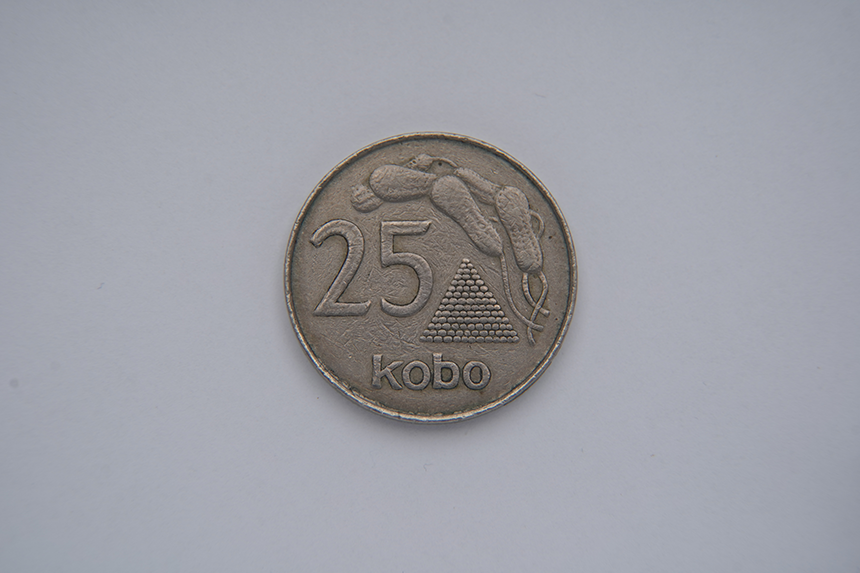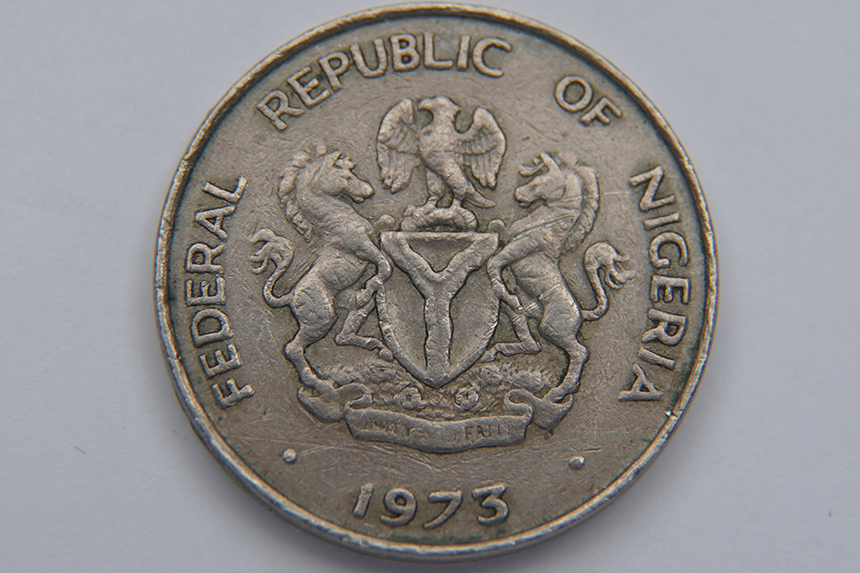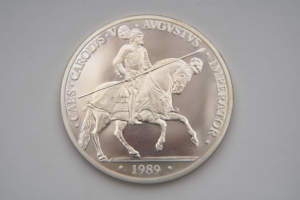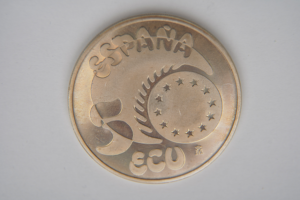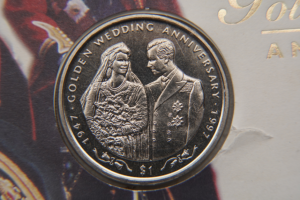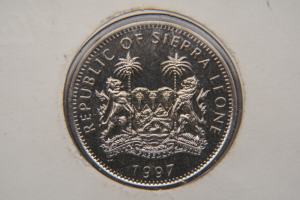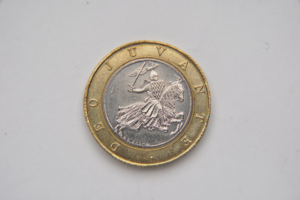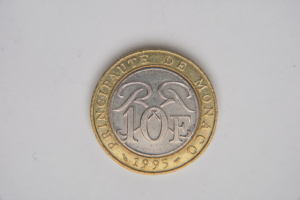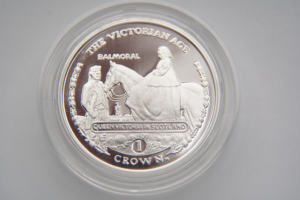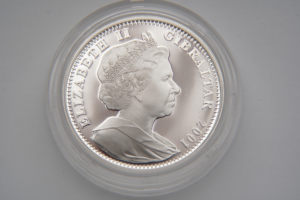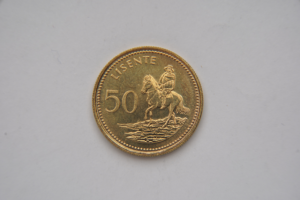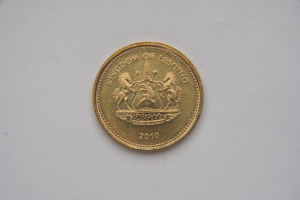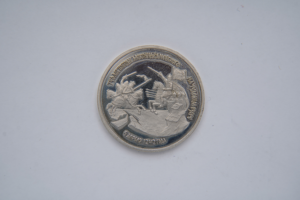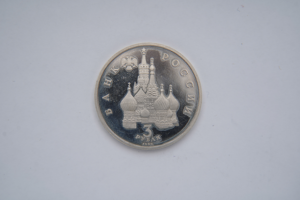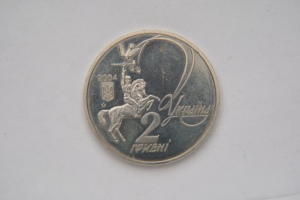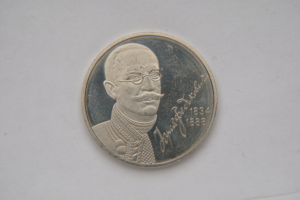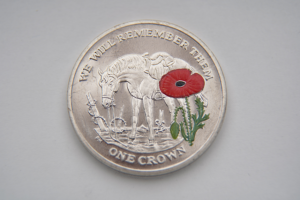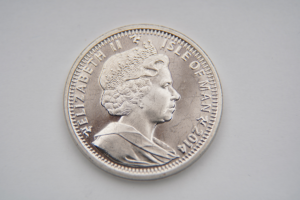Africa is the cradle of mankind: Nigeria.
Reverse of the coin.
Big size of reverse of the coin.
More information
Africa is the cradle of mankind: Nigeria.
So here we have the Nigerian kobo, nominal – 25. The year of issue of this coin is 1973, mint: Central Bank of Nigeria, Abuja. Total circulation – 4.616.000.
Evidence of human occupation in Nigeria dates back thousands of years. The oldest fossil remains found by archaeologists in the southwestern area of Iwo Eleru, near Akure, have been dated to about 9000 BCE. There are isolated collections of ancient tools and artifacts of different periods of the Stone Age, but the oldest recognizable evidence of an organized society belongs to the Nok culture (c. 500 BCE–c. 200 CE).
Named for the village of Nok, site of some of the finds, the ancient culture produced fine terra-cotta figurines, which were accidentally discovered by tin miners on the Jos Plateau in the 1930s. Initially Neolithic (New Stone Age), the Nok culture made the transition to the Iron Age. Its people raised crops and cattle and seem to have paid particular attention to personal adornment, especially of the hair.
Distinctive features of Nok art include naturalism, stylized treatment of the mouth and eyes, relative proportions of the human head, body, and feet, distortions of the human facial features, and treatment of animal forms. The spread of Nok-type figures in a wide area south of the Jos Plateau, covering southern Kaduna state southeastward to Katsina Ala, south of the Benue River, suggests a well-established culture that left traces still identifiable in the lives of the peoples of the area today. Many of the distinctive features of Nok art can also be traced in later developments of Nigerian art produced in such places as Igbo Ukwu, Ife, Esie, and Benin City.
Founder
Central Bank of Nigeria, Abuja.
Date
1973.
Culture
Nigeria.
Medium
Copper-nickel.
Dimensions
9.9x27x2.26.
Classification
Coin.

